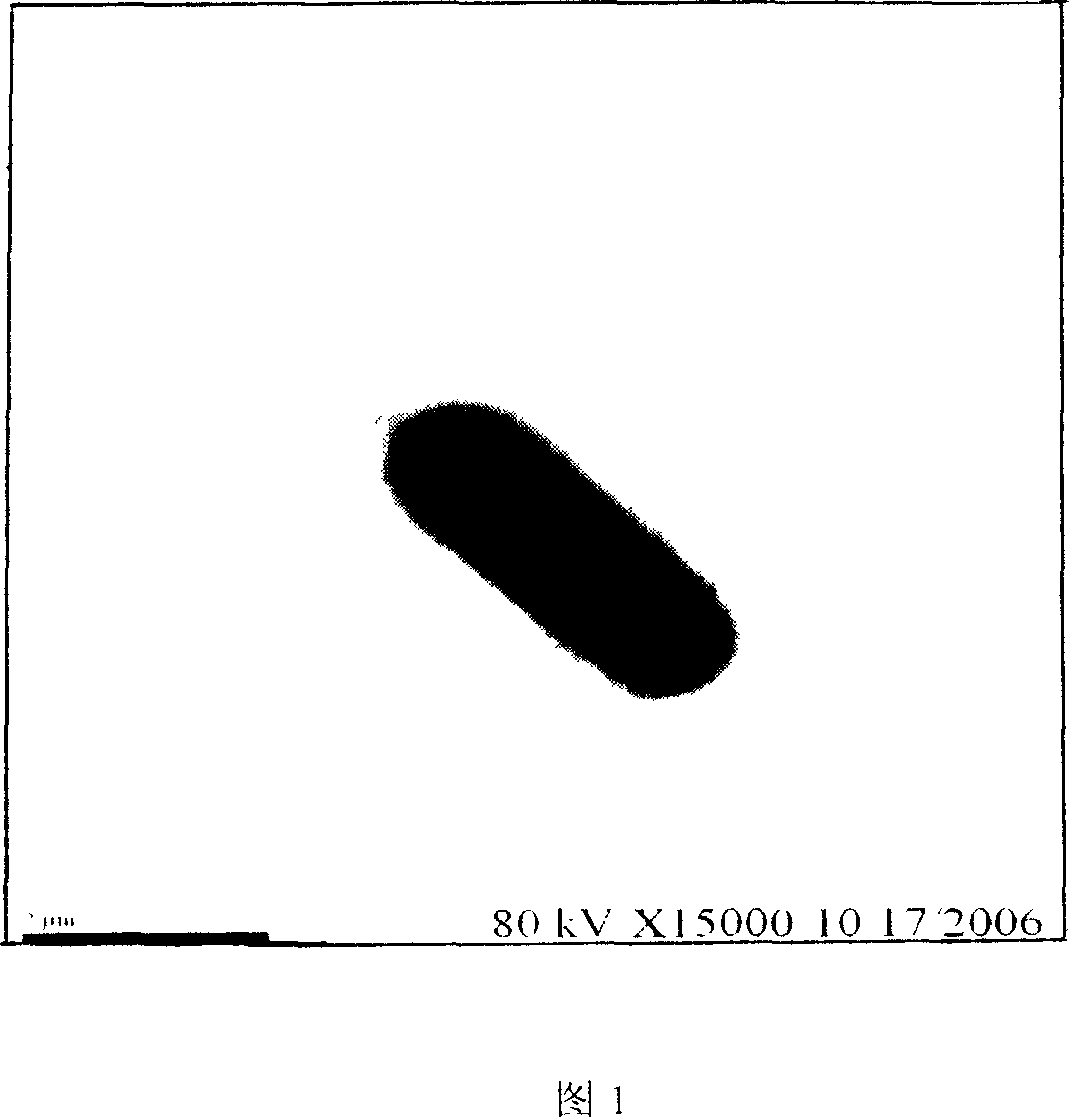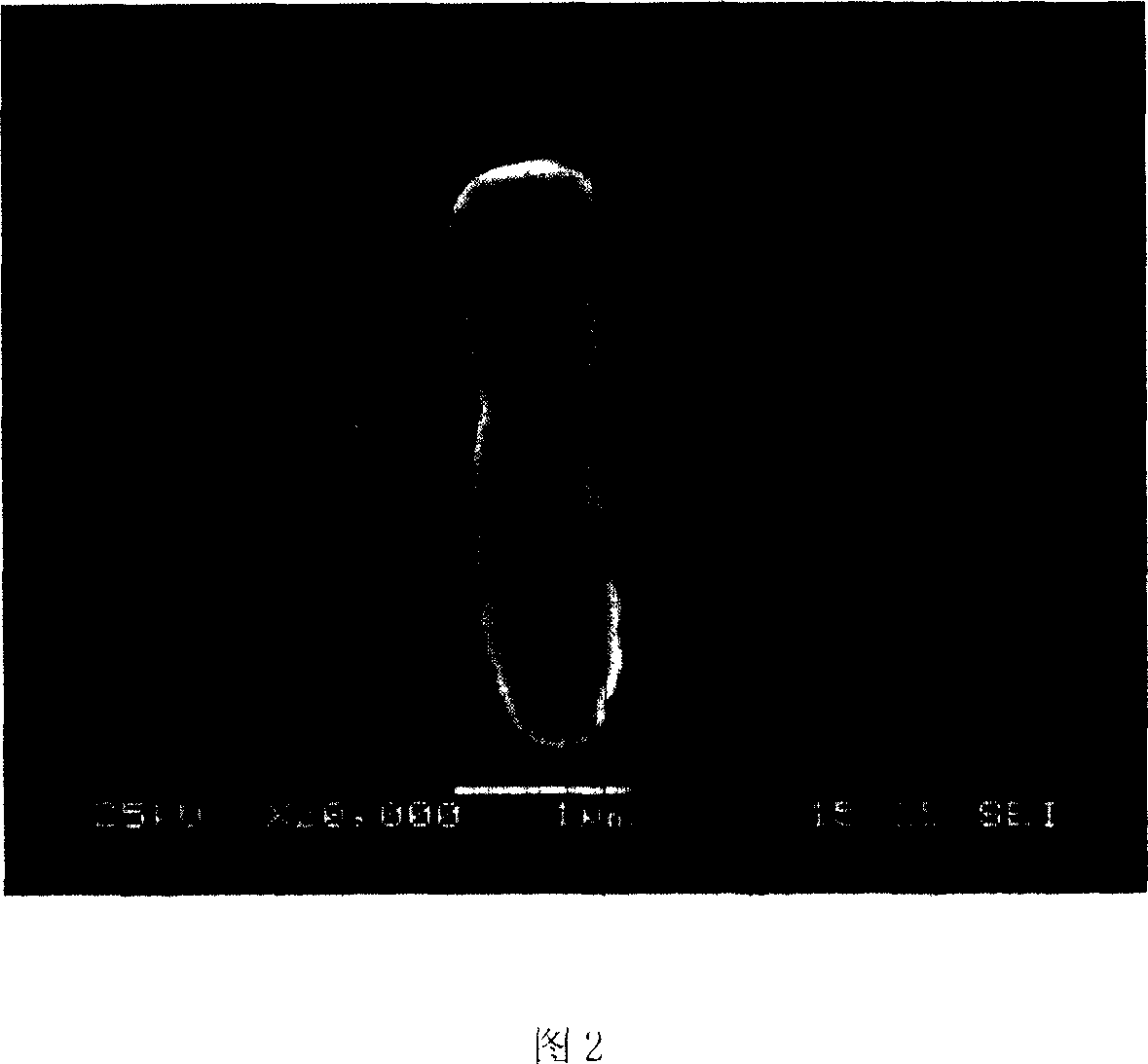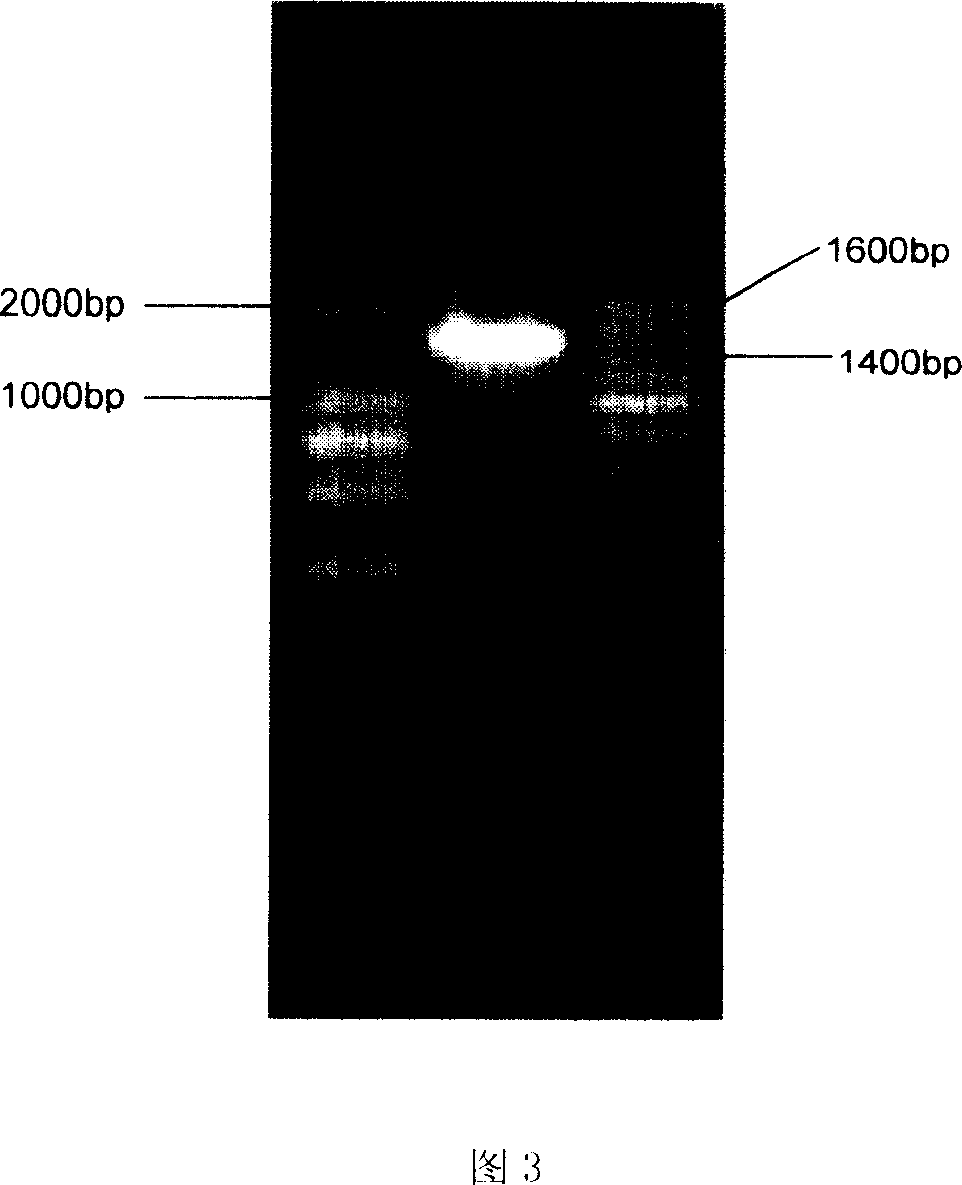New campylobacterium LF-3 and its application
A technology of Bacillus flexus, LF-3, applied in the field of phytotoxin biodegradation, can solve the problem of TMPD toxicity reduction
- Summary
- Abstract
- Description
- Claims
- Application Information
AI Technical Summary
Problems solved by technology
Method used
Image
Examples
Embodiment 1
[0035] Embodiment 1: the separation and screening method of Bacillus flexus LF-3
[0036] 1. Soil samples: collected from the environmental soil where locoweeds grow in Tibet, Inner Mongolia, Qinghai and other places;
[0037] 2. Isolation and screening of bacterial strains: Take 20g~30g of soil from 4 sources in the growth environment of locoweed and inoculate them in ordinary broth, expand the bacteria at 37°C for 48 hours, then inoculate them on ordinary agar by streaking, culture at 37°C for 24 hours, Pick a single colony and inoculate it in common broth containing 50mg / L TMPD, incubate at 37°C for 48 hours, and save the strain; inoculate the strain saved in the previous step in common broth containing 100mg / L TMPD, place at 37°C Cultivate for 48 hours; repeat the above process, increase the content of TMPD each time, reduce the content of organic nutrients in the culture solution, and preserve the strains. After 5 times of cultivation, when the content of TMPD in the med...
PUM
 Login to View More
Login to View More Abstract
Description
Claims
Application Information
 Login to View More
Login to View More - R&D
- Intellectual Property
- Life Sciences
- Materials
- Tech Scout
- Unparalleled Data Quality
- Higher Quality Content
- 60% Fewer Hallucinations
Browse by: Latest US Patents, China's latest patents, Technical Efficacy Thesaurus, Application Domain, Technology Topic, Popular Technical Reports.
© 2025 PatSnap. All rights reserved.Legal|Privacy policy|Modern Slavery Act Transparency Statement|Sitemap|About US| Contact US: help@patsnap.com



